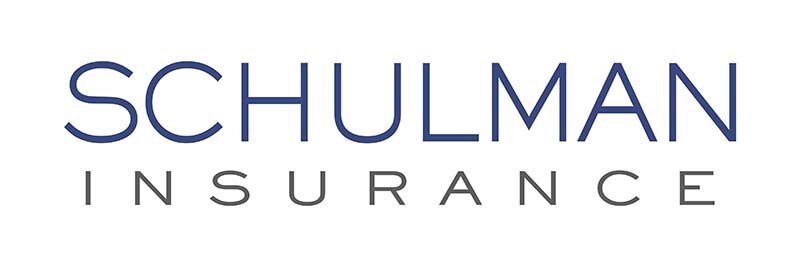New York Enacts Paid Sick Leave Beyond the Pandemic Emergency
On March 18, 2020 Governor Cuomo signed legislation implementing COVID-19 emergency sick leave benefits for New York employees that remain in effect through any COVID-19 mandatory isolation or quarantine order by the State, New York State Department of Health, local Board of Health, or other authorized government. On April 3, 2020 Governor Cuomo signed legislation amending New York labor law (the “Act”) to create a statewide sick leave benefit, unrelated to COVID-19, that will take effect January 1, 2021.
Key features of the New York sick leave benefit include:
Employers with less than 100 employees will be required to provide up to 40 hours of paid sick time per calendar year, although unpaid sick leave is required for employers with fewer than five employees and income less than $1 million in the prior tax year.
Employers with 100 or more employees will be required to provide 56 hours of paid sick time per calendar year.
Employees will accrue 1 hour of sick time for every 30 hours worked and will begin to accrue hours toward sick leave beginning on September 30, 2020 (180 days after implementation of the Act) or date of hire, whichever is later.
Employees may begin taking sick leave under the Act as of January 1, 2021.
Coverage
All employers in New York will be subject to the Act. An employer’s size determines the minimum number of sick leave hours that must be provided and is based on the number of employees each calendar year measured from January 1 through December 31. Any collective bargaining agreement entered into on or after the effective date of the Act must provide at least comparable sick time benefits to its members.
Benefits
The minimum amount of sick time that must be made available to employees beginning January 1, 2021, is as follows:
Hours of Sick Time Per Calendar Year
Less than 5 employees
40 hours unpaid
5 to 99 employees
40 hours paid
Less than 5 employees and net income greater than $1 million in the prior tax year
40 hours paid
100 or more employees
56 hours paid
For benefit purposes, an employer may use the calendar year or establish any consecutive twelve-month period.
Employers may establish a reasonable minimum increment for the use of sick leave not to exceed four hours. While on sick leave, employees will be paid their regular compensation or the applicable minimum wage, whichever is greater.
Any unused sick time may be carried over to the following calendar year; however, an employer is not obligated to provide more paid sick time per calendar year than indicated above (i.e., 40 or 56 hours depending on employer size) or to compensate an employee for any unused sick time upon termination of employment.
Employers with sick or time off policies that meet or exceed the state sick leave provisions are not required to provide any additional sick leave pursuant to the Act. Employers must maintain payroll and time-off records for a period of six years.
The Act will not preempt a New York city (e.g., New York City) with a population of one million or more from enacting or enforcing municipal leave laws that meet or exceed the statewide sick leave provisions.
Accruals
Employees will accrue at least 1 hour of sick leave for every 30 hours worked beginning on the employee’s date of hire
or September 30, 2020, the effective date of the Act’s non- COVID-19 sick leave provisions. Alternatively, employers may credit the full annual amount of leave at the beginning of the calendar year.
Reasons for Leave
Beginning January 1, 2021, employees may request leave verbally or in writing for their own or a family member:
• Mental or physical illness, injury, or health regardless of whether a diagnosis has been made or the individual requires medical care at the time the leave is requested,
• Diagnosis of mental or physical illness, injury or health condition,
• Preventive care, or• Precaution, care, and services related to acts of
domestic violence.
Family Members
Sick leave may be requested for an employee’s child, spouse, domestic partner, parent, sibling, grandchild, grandparent
as well as the child or parent of an employee’s spouse or domestic partner.
A parent includes a biological, foster, step or adoptive parent, legal guardian, or a person who stood in loco parentis when the employee was a minor child. Employees may take sick leave to care for a biological, adopted, or foster child as well as a legal ward or a child of an employee standing in loco parentis.
Employee Rights
Upon request by an employee, an employer must provide the employee with a summary of the amount of sick leave accrued and used in the current or prior calendar year. Employers may not retaliate against an employee for taking sick leave and must restore the employee to their same position, pay, and at the same terms and conditions of employment prior to taking sick leave.
Employer Action
While employers continue to manage the business impacts of COVID-19 and hopefully begin to prepare for employees returning to work, longer-term planning for the fall of 2020 should include ensuring your business will comply with the New York sick leave provisions that take effect January 1, 2021. Additional guidance is anticipated later in the year.
